Worldwide, the production of beer has become the domain of multinational companies, and Estonia is no exception. The market share of the country’s largest breweries – A. Le Coq, Saku Õlletehas and Viru Õlu – is 90%. Yet recently Estonia has been witnessing something of a beer revolution, as many small producers have entered the market with exciting beers. Local home, hobby and small breweries have a very small share of the market but have managed to attract the attention of beer lovers, continuing to win their hearts.
This article is published in partnership with Life In Estonia magazine. By Kaarel Mikkin
I am convinced that every large revolution begins with a small one by an individual. Mine started by collecting beer corks and continued with a real surprise when a marketing genius I know left his day job in order to start brewing and running a bar (crazy!), when my politics course mate opened his own beer shop in a small town (even crazier!), and when I visited friends in Belgium, where I could have instantly grown my beer cork collection tenfold.
This is when it happened: I discovered some beers which had found their way to Estonia via some specialised shops. Through trial and error, I discovered an entirely new and exciting world in 0.33l, styles and methods of preparation I had no idea existed, weird taste combinations, and totally ugly and unbelievably beautiful bottles, not to mention corks.
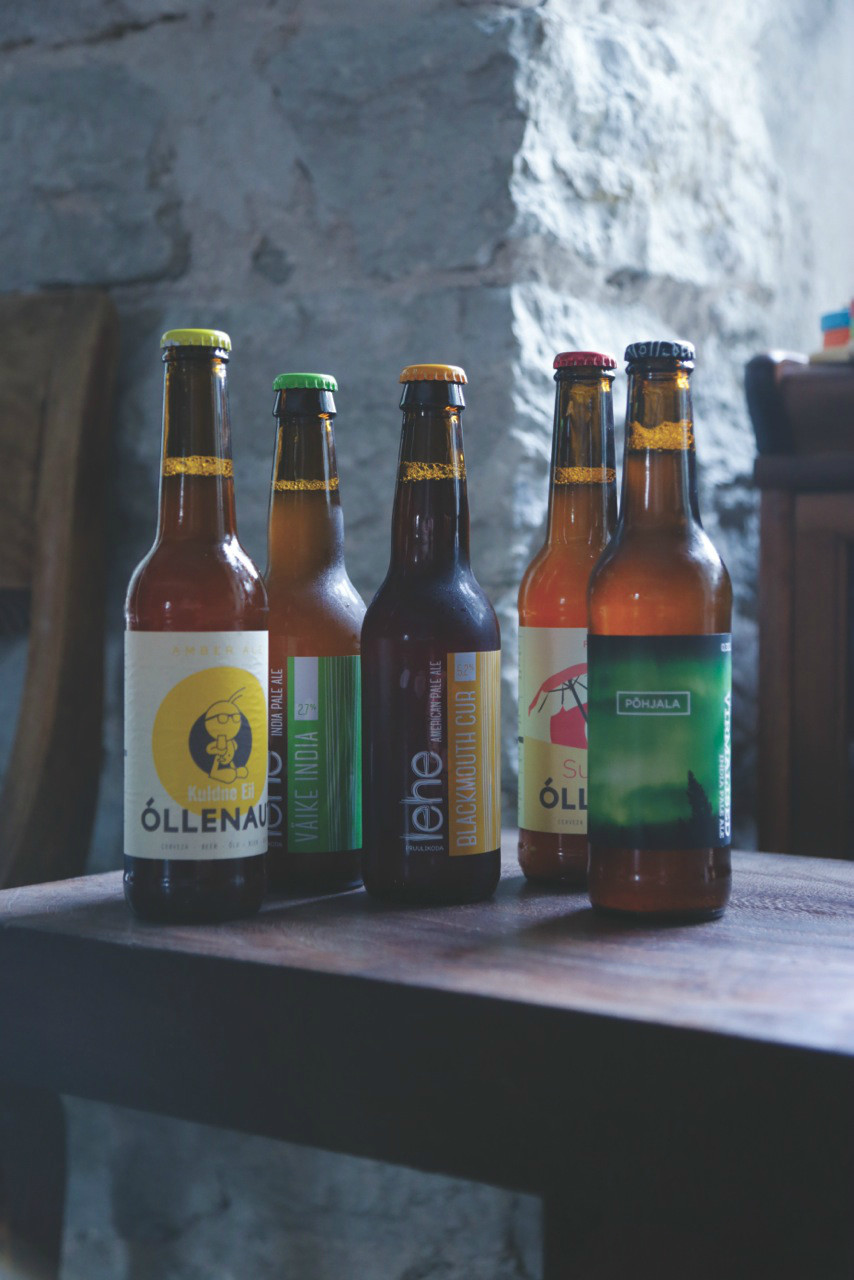 My wallet complained, but my heart sang. And when my course mate with the beer shop started to send me beer by post, I must have tasted beers produced by a dozen local small and home breweries in the course of a couple of months.
My wallet complained, but my heart sang. And when my course mate with the beer shop started to send me beer by post, I must have tasted beers produced by a dozen local small and home breweries in the course of a couple of months.
Those beers were as different from each other as strawberry and wasabi. I tasted, took notes, gave ratings, provided feedback, talked to the creators and asked for more. It turned out there are more and more small producers out there! And I don’t mean home-made malt diluters but real hop-heads who take their magnificent recipes and brew their beers in nice bottles, with some crazy names and brilliant labels. Various small producers have now set up their breweries, while others are still roaming around in existing breweries to create their beers.
It must be said that the situation in the Estonian retail shops is improving, mainly with the choice of beers from foreign, but also local small producers. There are specialised beer shops (Drink Shop, Gambrinus Beershop No1, Špunka and Koht) and exceptionally good beer sections in such stores as Stockmann.
When searching for exciting finds, one should visit gourmet, deli and bio shops where one can always find new specimens not found elsewhere. Not to mention beer bars where one can drink local and foreign tap beers which cannot be found in retail outlets (Pudel, Möku, Schrammi Keller, Põrgu, Punane Ronk, Moonshine and many others).
These are great times, as the market is growing and developing. The increasing number of producers is beneficial to all. It is an opportunity to come onto the market with something new and special, and fortunately many are taking advantage of this. Believe me, this is only the beginning!
Who’s who?
A little guide to breweries in alphabetical order:
Anderson’s
Sten Anderson works in sports and IT in Tartu, but as a hobby he has been producing beer for a year and a half. His interest in beer grew as the beer culture developed and local shops and bars started to offer a wider selection. The next logical step was to try brewing himself.
Even if you produce only 50 litres at home, the result should be of high quality. Anderson’s beers have bold recipes and the bottles are recognisable by their characteristic labels, which have been designed by the graphic designer Kristin Pärn.
To date, Anderson’s has made 15-20 brews. Anderson produces beer for the sheer fun of it, providing enough for friends and acquaintances. But this activity is so infectious that it is likely that at some point he will have to leave the field of IT in order to brew on a larger scale.
Hampelmann
The concept of the Hampelmann Brewery is very simple: you can produce beer which corresponds to the classic Reinheitsgebot anywhere without compromising.
Hampelmann’s aim is to bring an Estonian taste to its beers, to give the beverage a local nuance. On the basis of this idea, four main beers were developed, which include kama (a traditional Estonian grain mix), wild rosemary, juniper and home-made apple wine. A whole list of ingredients are waiting for their turn to be mixed into the beer: chestnuts, acorns, horseradish, mulberries, cannabis, nettles and wormwood, as well as the Estonian national fish: Baltic herring.
The idea of testing everything and just having fun also gave birth to the company name, Hampelmann. The aim of this brand is to make others enjoy themselves with its contents and its look. The names of the beers follow this principle: why call your beer something conventional, when the vocabulary and language rules allow for anything?
Crazy laughter and joy are the reaction desired by Hampelmann brewers. Their small home-based business has developed into an automated experimental brewery with a 100-litre capacity, and this is surely just the beginning!
Lehe
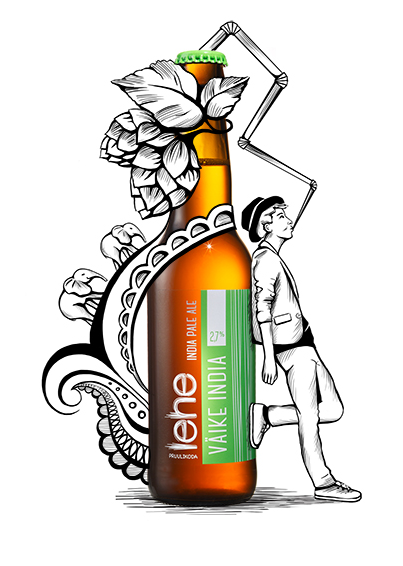 Lehe is a small Estonian brewery founded by Tarmo and Gristel Tali, and it was born out of the desire to share their passion and joy of brewing.
Lehe is a small Estonian brewery founded by Tarmo and Gristel Tali, and it was born out of the desire to share their passion and joy of brewing.
After four years of producing beer at home, more and more friends and fans wished to buy good beer they couldn’t find in shops or pubs. Thus their hobby became a business and the thought of brewing and messing around with malt, hops and yeast, and large-scale production, created a real spark in the eyes of the couple.
In the Lehe brewery, which has a 1000-litre brewing kettle, the beer is produced as a traditional handicraft. Only malt, hops and yeast are used, without preservatives or pasteurisation.
The Lehe Brewery enjoys the freedom of brewing exactly the kind of beer they like and which will appeal to great beer enthusiasts. There is no need to compromise on quality or product selection: the beer is born out of love, not out of the desire to win a share of the market or increase turnover.
Põhjala
In 2011, the Põhjala Brewery was the first to actively try to restart the Estonian beer culture, which had come to a halt during the Soviet times, by producing and marketing handmade beers according to its own recipes. The years have added experience and new team members: the current brewing master came from the Brew Dog factory in Scotland.
As the first brewery of its kind, Põhjala deservedly received a lot of attention. Põhjala Öö received almost the maximum number of points (95) from the beer bible www.ratebeer.com, and it is the highest rated beer ever produced in Estonia. This high score was not awarded by chance: from the start, the Põhjala team has worked with all its soul and dedication, paving the way for all of the other newcomers.
Põhjala has managed to produce a range of great handmade beers. Its own brewery was recently opened in Tallinn and soon true Põhjala beers will be produced: Californian-style wheat beer, the powerful grapefruit IPA and a new version of the good old rye ale. When the cold autumn arrives, the new Põhjala Öö and many other interesting products will come onto the market.
In contrast to many other local small producers, Põhjala has already worked its way into the beer bar sector and is making a strong move to start exporting to Europe and beyond.
Pöide
Regardless of the long history of and myths about beer brewing on the island, Saaremaa has not had proper beer production for years, if we disregard home-made ale.
Koit and Kristel Oinberg-Kelder decided to move to Saaremaa, into a farmhouse owned by their grandparents in Pöide. The only thing certain at that point was the plan to create an enterprise which would provide work and activity for all their family members and for village inhabitants, and help promote the development of local life and tourism on Saaremaa. The couple did not stop to think about it for long, and a few years, lots of money, time and nerves later, the first load of local rye ale rolled out of the Pöide farm brewery.
The brewery only makes rye ale, but once new kettles arrive, there are plans to produce two or three main types of ale, in addition to special brews, one of which will definitely be made of local raw ingredients. “Unfortunately, we cannot be certain about the quality of the malt, as it varies from year to year. Currently we import malt from Germany,” explained the brewery master Koit.
The production capacity today is 500 litres per week, which will definitely double due to high demand.
Pühaste
Eero Mander started to brew beer in Pühaste three years ago. The first load was made of maltose, but the taste was beyond criticism and this made him desire more control over the entire brewing process. The next few batches were made of half-malt and from then on purely of malt.
The early days were difficult due to the lack of availability of raw ingredients, especially the rarer types of hops. But in the recent years the situation has improved drastically and they have established good contacts with several direct suppliers.
Today Pühaste is in the testing phase. There is no official production yet but intensive work continues on developing new recipes and on continuous learning and improvement in order to reach the goal of opening the brewery in Pühaste with a 5-10 hl capacity. Five to six beers are in rotation, in addition to many one-off experimental brews to discover new taste combinations.
Raba
The story of how Raba came into being is classic: a couple of hobby brewers decided to put their “hops into the same closet”. It’s obvious that their aim was to drink great Estonian beer and there was no other possibility except to make some themselves as, so they claim, there was no great Estonian-made beer in Estonia before the beginning of 2013.
After a couple of years of independent brewing, there was quite a range of different beers in Raba and one of them created the “wow” effect in the makers themselves. It had turned out special.
In August 2013, three “wow bottles” found their way into the Gambrinus beer shop in Tartu and received significant feedback. A comment on Facebook said: “this is what you should bring to the people”. And at the end of 2013 it happened!
As Raba does not have its own production facility, they “gypsy” around, producing wherever possible. The only important aim is to produce good ale, which first and foremost the makers themselves need to like.
Tammela
Jaanis Tammela started to brew in the late 1990s, experimenting with maltose, malt bread and various herbs and hops. The quality of the beer was demonstrated by how fast his friends and guests consumed it. Important inspiration came from small brewers he met in Florida in 2013, whose products were extremely diverse.
His own favourites are IPAs, which come in endless taste and aroma variations. His guests like dry stout or lager, and he has also experimented with cherry and raspberry ales. Today he brews under the Home Brew name just for his own consumption, as the existing legislation does not make it easy to legally market small quantities. Hopefully, the situation will change, as it is nonsense to apply the same rules to small breweries as to companies producing millions of litres.
Tanker
Ants Laidam has been a beer enthusiast for a long time. As a serious rock musician and band member, he has always known how to enjoy a cooling beer and this in turn has played an important role in the birth of Tanker.
He got into more serious home-based brewing in the spring of 2013, after he bought the previous equipment of Põhjala Brewery and created his very own first brew with the help of the Põhjala brew master Chris. Since then, many new recipes and beers have been created, always aiming to be different from the products of large breweries. The current product range includes Kyte Peale (“heat on” in Estonian), in which both more malt-loving and hops-loving beer fans find something to enjoy.
The lack of finances and the “gypsy status” limit his production capability, but the aim is to increase their volume and to bring new surprising Tanker products onto the market.
Tänav & Kolk
Tõnis Tänav and Peeter Kolk are schoolmates who began to work together when Tõnis returned from the United States some years ago. He was deeply impressed by the culture of handmade beer in America and this gave him the impetus to start something similar in Estonia.
The young enthusiasts built all their equipment themselves and this kind of brewing was very experimental. In the process, they have produced dozens of small collections, have packaged them authentically in “almost-like-real” bottles and have given them impressive names with designed labels.
Their longer term goal is to enlarge their hobby production and to take T&K beers to a larger audience. They have given a hand to the world of beer freaks and understand that the curiosity about making, tasting and enjoying beer in Estonia is on the rise.
Vormsi
Vormsi handmade ales are companions that tickle your taste buds and relieve everyday stress. These unique beers are unpasteurised and unfiltered, and are easy to enjoy.
Vormsi Brewery is mainly a lifestyle business for Arkadi Tammik and not an Excel-based profit- and growth-seeking business. Tammik brews beer which he himself enjoys. Many ideas are tried out as one needs space for discovery and creativity, allowing for mistakes which one can learn from.
Vormsi does not order his malt from the beer Mecca Belgium, and the hops arrive from other parts of Europe, from Great Britain or from the USA. It is the carefully selected aroma hops which give Vormsi beers their special flavour. After all, every cake baked by grandma tastes better than those bought at a shop.
Õllenaut
Ilmar, who has become somewhat of a beer guru, started to brew beer five years ago, when modern brewing materials became available in Estonia. At first, it was all just for fun, but soon a circle of fans had developed who wanted more. This led to a more active hobby with degustations and training sessions, until the 55-litre kettle at home became too small to meet the demand. This called for an action plan, a budget and a detailed business plan in order to try for a bank loan. When appropriate equipment was found in the UK, the production was up and running.
In the winter of 2013, the first Õllenaut bottles landed on shop shelves. The choice of products is large to meet various tastes. All recipes are old favourites of the brewers, and have been well-tested. There are very few small brewers in the world who produce the same kind of beer over and over again: brewing depends on the mood and the drinker, as people like change. Today the company has tested about ten products; some will remain in the main selection and others are one-offs: everything depends on feedback, sales figures and production opportunities.
The company produces 120,000 litres per year and there are definite plans to expand production capacity and add equipment in order to speed up and simplify production. The post-fermentation of Õllenaut takes place in the bottle, which is why there are no plans to produce draught beer. Bottles provide the required flexibility and are certainly more comfortable.
History of brewing
Throughout history, beer has been a much loved beverage of many nations. Beer is also considered to be the oldest alcoholic beverage, the first traces of which date back 9,500 years. The first written references to beer come from ancient Egypt and Mesopotamia. The art of beer brewing spread throughout Europe via the Germanic and Celtic tribes 3,000 years ago.
In Estonia, beer brewing has a long history. Archaeological finds demonstrate that approximately 1,000 years ago barley was cultivated in Estonia and it is most likely that, together with grain cultivation, it was learned how to make beverages by fermentation in Estonia. In addition, wheat, rye and oats have long been cultivated in Estonia.
Traditionally, beer brewing was a task for men. There were special brewing methods and recipes in different parts of Estonia, with different taste, strength and colour characteristics. The beer brewed traditionally got an additional kick from soaked junipers, birch branches from bogs, bread, raw rye flour and even the water from boiled anchovies.

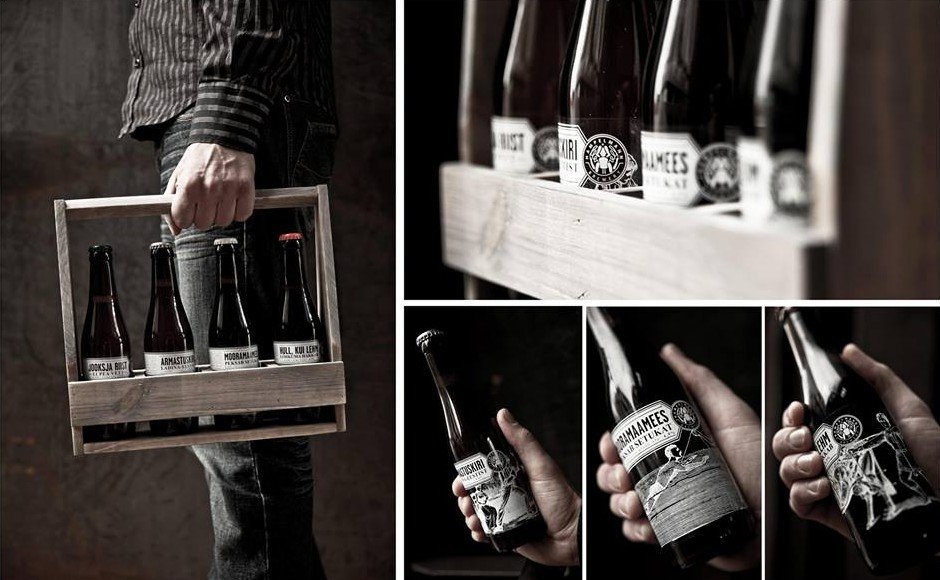
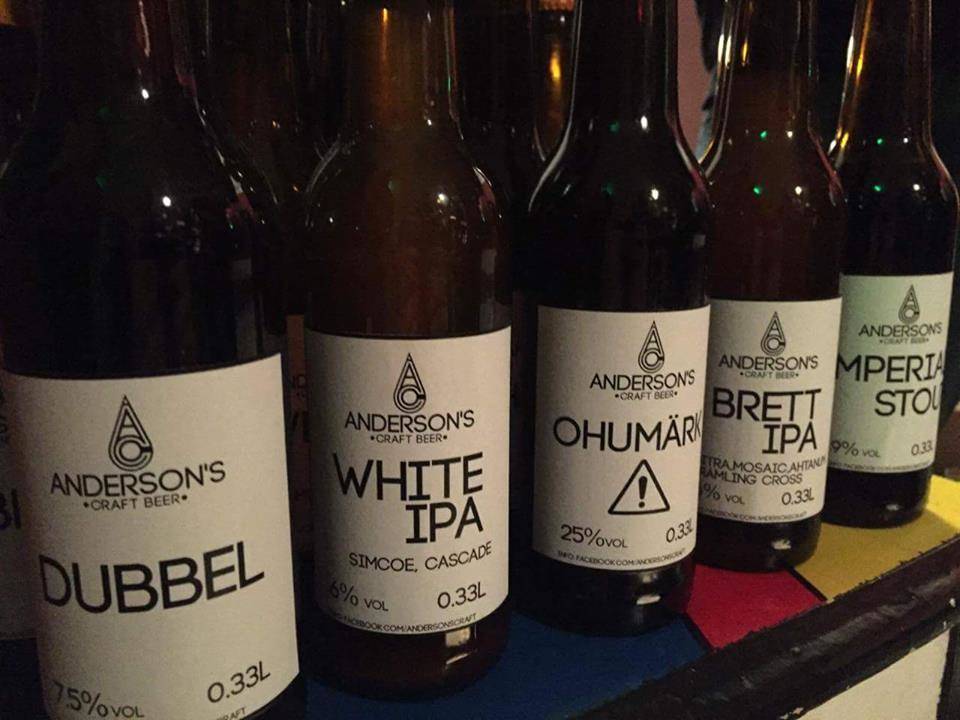
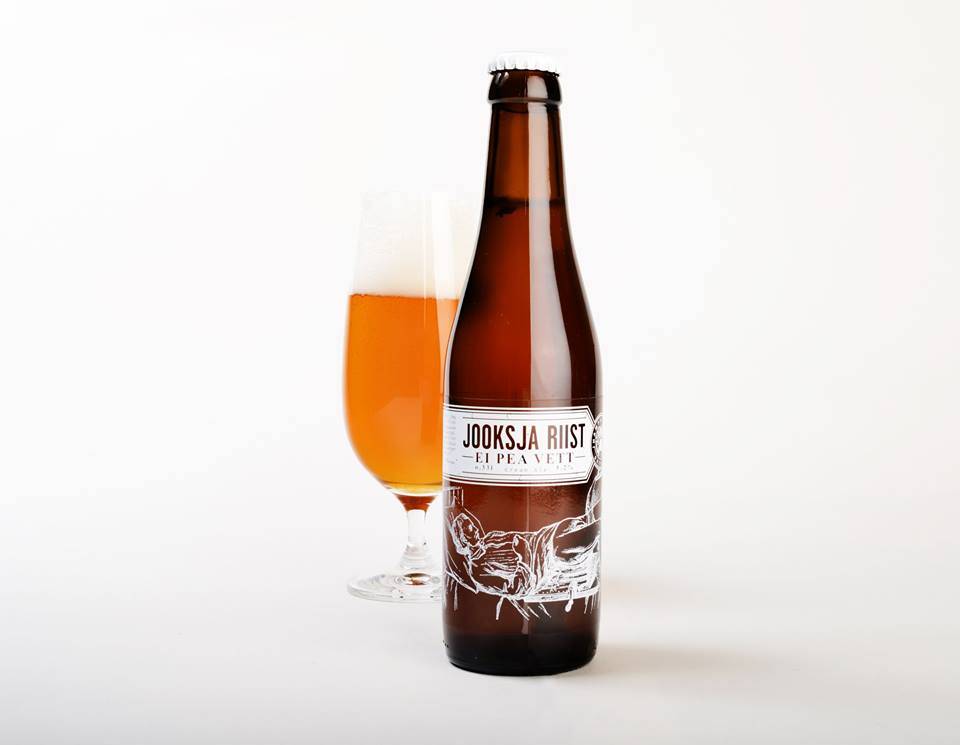
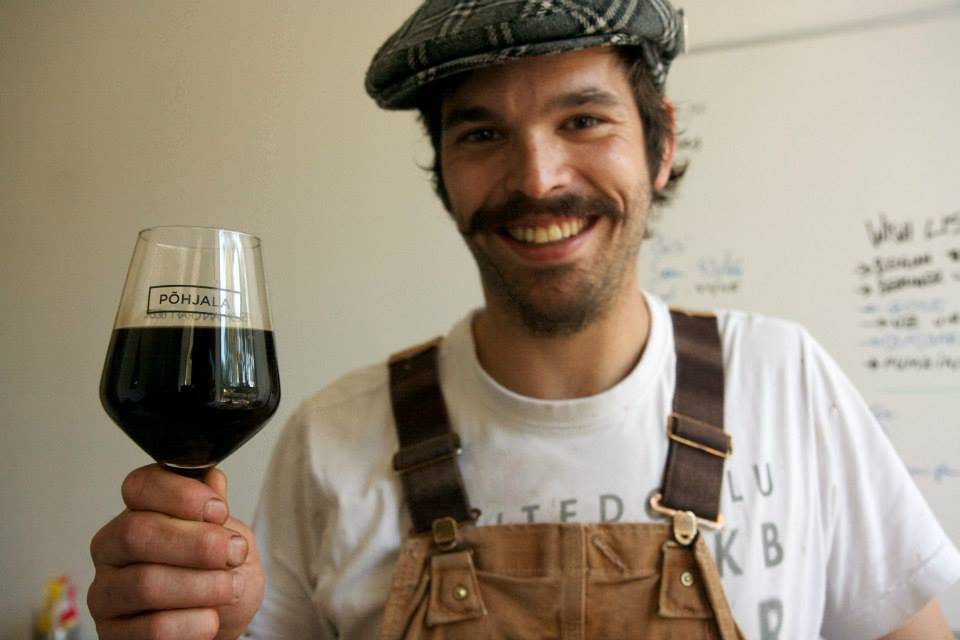
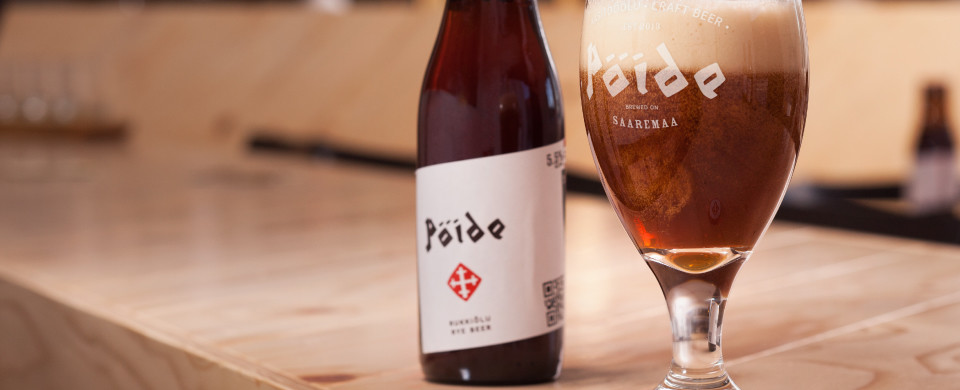
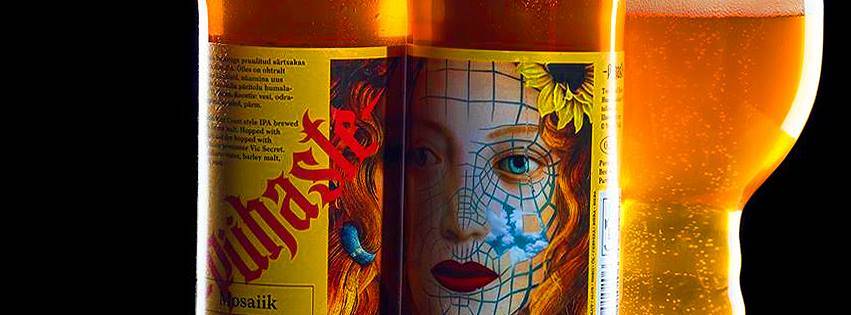
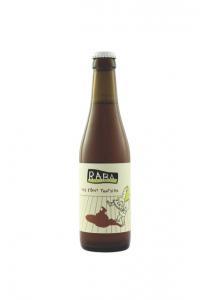
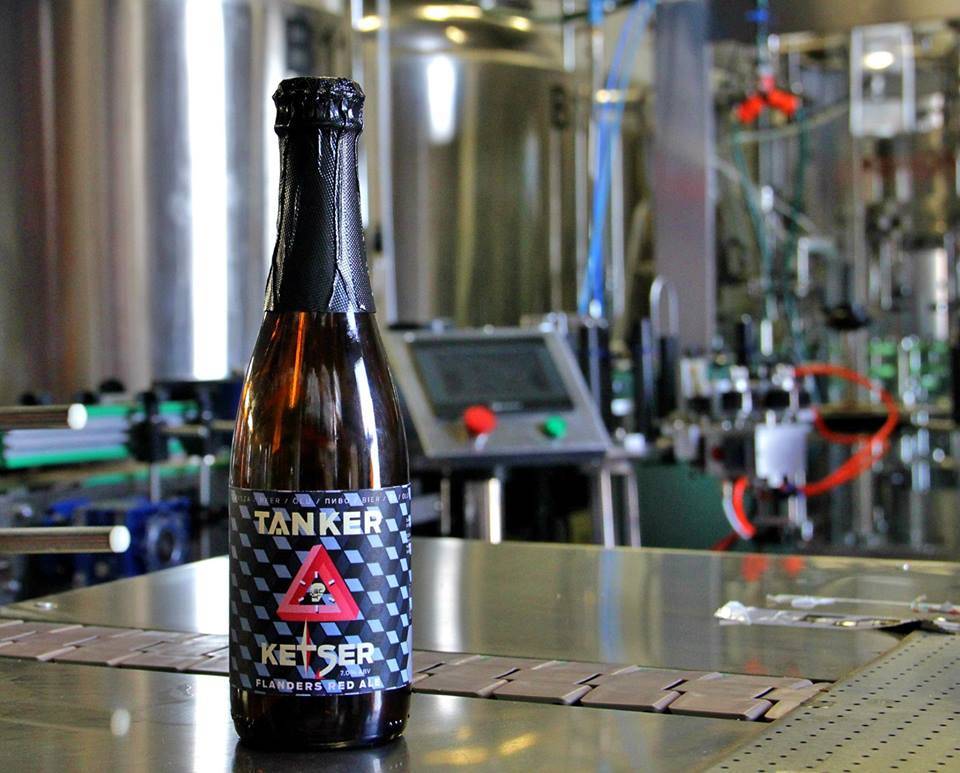
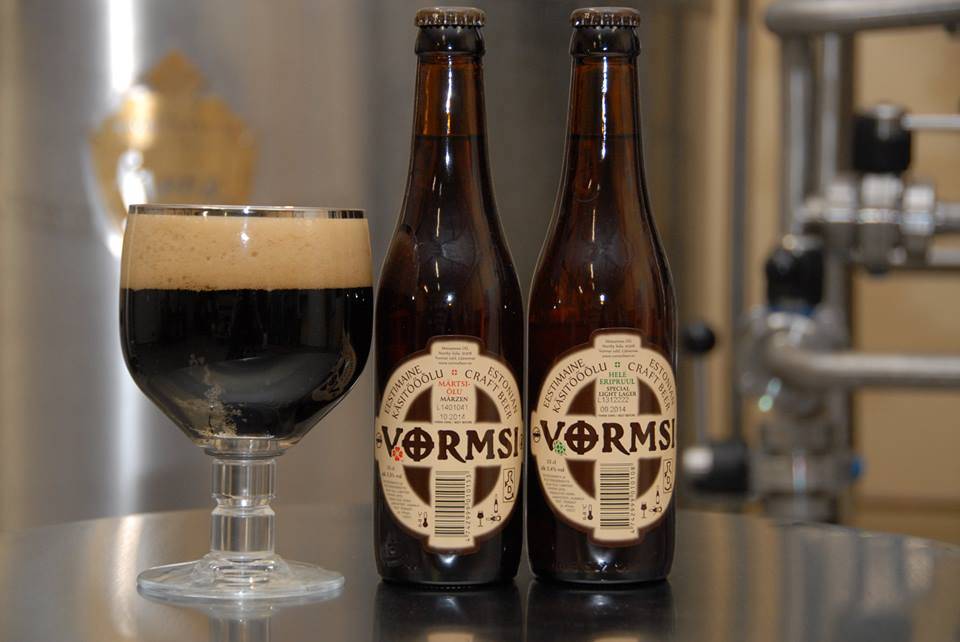


beers are not produced but BREWED!